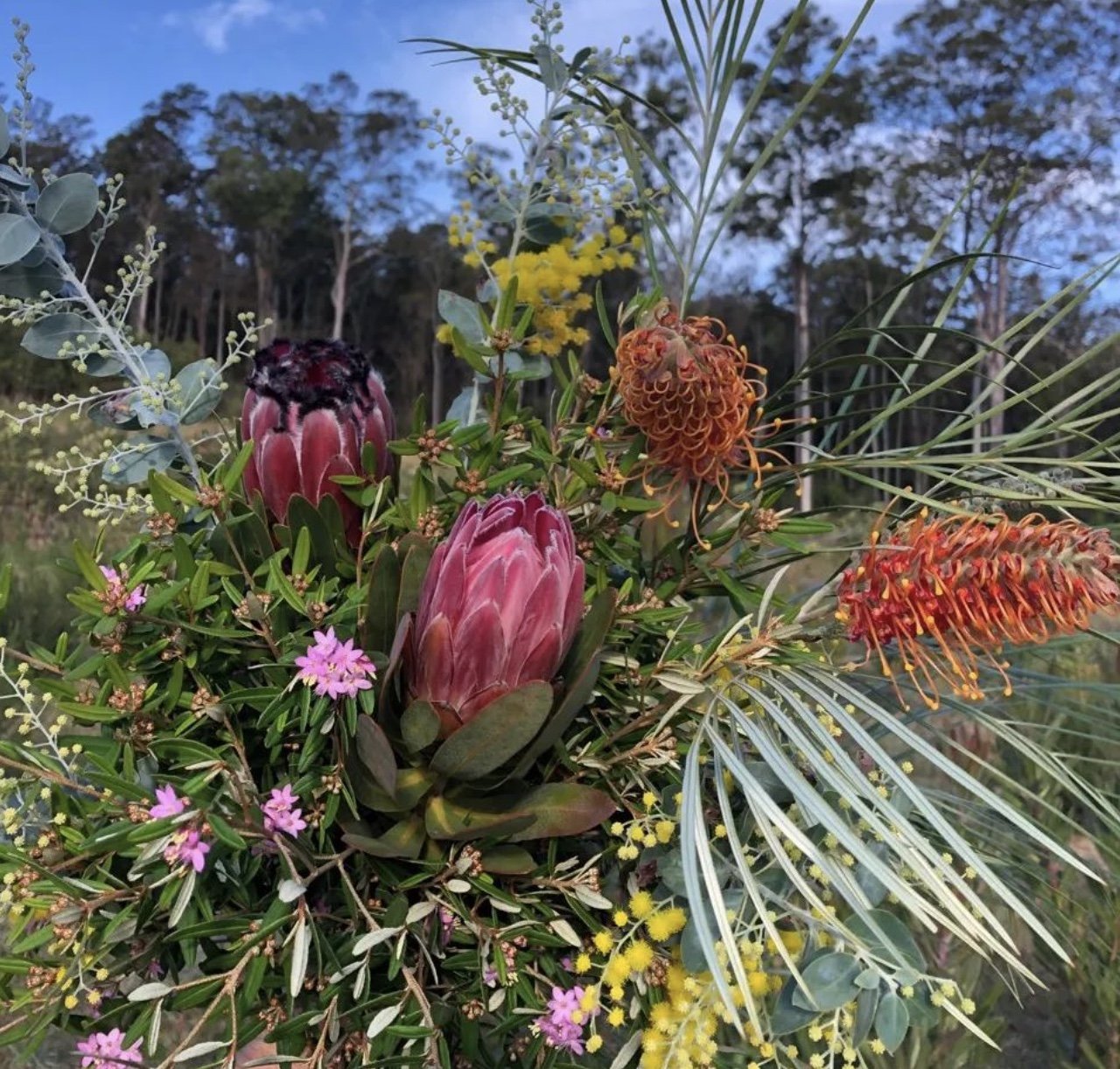Embrace Winter Gardening on the Coffs Coast
As winter settles in on the subtropical mid-north coast, many gardeners might think it’s time to hang up their gloves and wait for warmer days. However we have the luxury of beautiful sunny, warm winter day up here and it’s full of unique opportunities for garden growth and transformation. Let's explore some winter gardening tips and trends to keep your garden thriving through the cooler months.
Winter Wonders: Native Plants to Shine This Season
Winter is a fantastic time to focus on planting and caring for Australian natives that are perfectly suited to our climate. These resilient plants not only withstand the subtropical winter but also provide critical support to local wildlife during the colder months. Here are a few standout winter flowering natives to consider:
Grevilleas: Known for their stunning, spider-like flowers that bloom in vibrant reds, pinks, oranges, and yellows, Grevilleas are a must-have for any garden. These versatile shrubs are hardy and drought-tolerant once established. They thrive in well-drained soil and full sun, making them ideal for various garden settings. Additionally, their nectar-rich flowers are a magnet for birds and bees, providing essential food sources through winter.
Phebalium woombye prostrate: This low-growing ground cover features attractive, dark green foliage and clusters of small, star-shaped yellow flowers. Phebalium woombye prostrate is perfect for adding a splash of color to your garden floor. It prefers well-drained soil and partial to full sun. Its dense growth habit helps suppress weeds, making it an excellent choice for ground cover and erosion control.
Wattle (Acacia species): Wattle is a quintessential Australian native, known for its bright yellow, fluffy flowers that bring a burst of sunshine to winter gardens. These hardy shrubs and small trees thrive in well-drained soil and full sun. They are incredibly versatile and can be used as windbreaks, ornamental features, or for erosion control. Wattles attract a range of pollinators, including bees and butterflies, and the species even fix nitrogen in the soil, improving soil health.
Eremophila glabra prostrate: This hardy ground cover features grey-green foliage and tubular flowers in shades of red, orange, yellow, or green. Eremophila glabra prostrate is well-suited to hot, dry conditions and thrives in well-drained soil with full sun exposure. Its flowers attract nectar-feeding birds, adding life and color to your garden through the cooler months. Its spreading habit makes it an ideal choice for covering large areas or creating a lush, ground-hugging display.
Above: Grevillea, Phebalium, Protea (not native) & Acacia are excellent flowering natives in Winter
Credit: Mountain Nursery Flower Farm
Seasonal Gardening Tips
Mulching and Soil Care: Winter is the perfect time to mulch your garden. Mulching helps retain soil moisture, suppress weeds, and protect roots from temperature extremes. Choose an organic mulch but remember during the winter months especially slugs and snails take refuge in mulch so hold back from laying it too thickly.
Pruning and Maintenance: Take advantage of the slower growth period to prune and shape your plants. Remove any dead or diseased branches to promote healthy new growth. Then work your way through removing any crossing branches and aim to always prune to an outward facing bud to help keep an open canopy. Winter is also an excellent time to tidy up garden beds and pathways.
Planting for Spring: Start planning and planting for spring now. Winter is an ideal time to plant many hardy trees and shrubs, allowing them to establish roots and burst into life when the warmer weather arrives.
Water Wisely: Even though our winters are mild, it's essential to monitor your garden’s water needs. Water deeply and less frequently to encourage robust root systems. Ensure your plants aren’t sitting in waterlogged soil, as this can lead to root rot. Signs of a waterlogged garden include:
sour smelling or sulphur like smell in the soil
Pale or grey coloured soil
When the ground is watered the moisture doesn’t drain away easily and squelches underfoot
Plants are yellowing and browning off. Showing signs of fungal disease such as spotty foliage.
Winter Workshops and Events at Bonville Nursery
At Bonville Nursery, we believe winter is a season for learning and growing. Our winter workshops are designed to inspire and equip you with the skills and knowledge to make the most of your garden year-round.
Warm Up with a Visit to Our Café
The Lazy Daisy Coffee Cart is the perfect spot to warm up. Winter specials will be hitting the menu with $5 soup specials every Fri, Sat & Sun. We’re the perfect casual lunch spot while lazing in the sun and taking in the beautiful surrounds.
Get Ready for Spring with Bonville Nursery
Winter is not a time to retreat from the garden but a season to prepare and nurture it for the vibrant months ahead. Visit Bonville Nursery for expert advice, a wide selection of native plants, and all the supplies you need to keep your garden thriving through winter. Got a project you want to start? get in touch now to start planning.
Stay warm, stay inspired, and happy gardening from all of us at Bonville Nursery!
Bonville Nursery - Inspiring the next generation of gardeners and environmental protectors.

